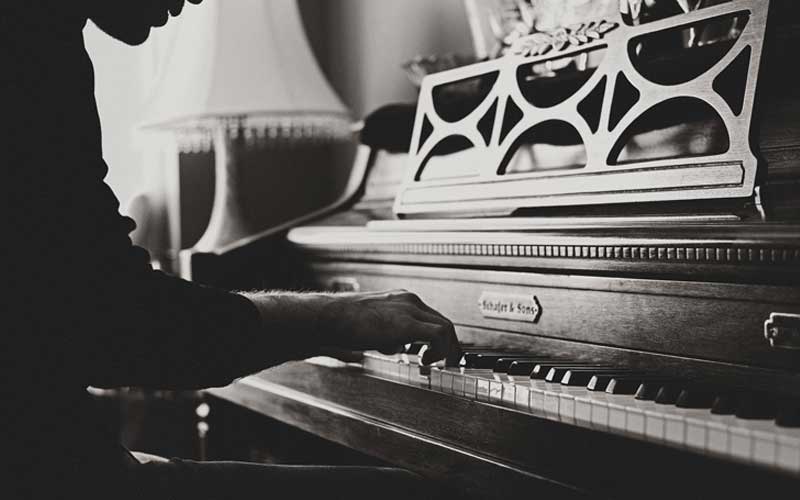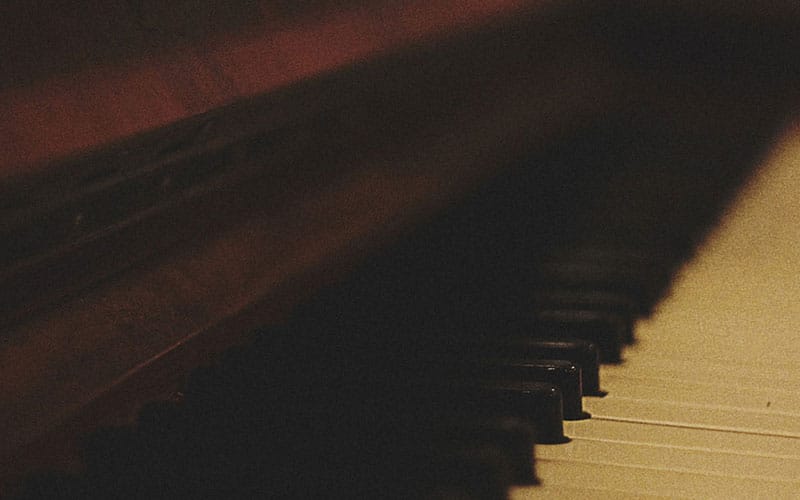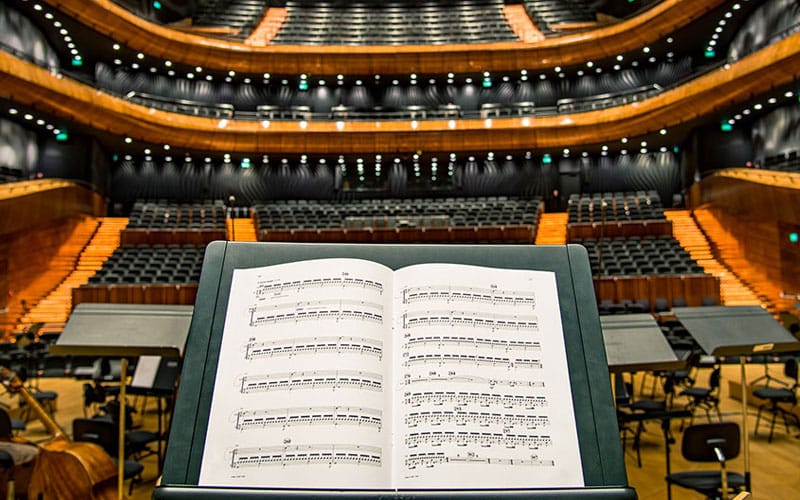This website is not about advising you how to physically play the ever various technical passages of the vast piano repertoire (Articulations such as staccato, legato, accents, or ornaments such as trills, appoggiaturas etc.). Trying to explain how to physically play a passage from a piece is a very common literary gaffe, and would have been the biggest mistake in this website.
The reason is that this endeavor needs a teacher; an individual with tradition passed on to him by his respectful professors. It would be wrong to try and describe with words and tot up the inexhaustible varying performance of all possible aspects of a piece, since they need to be approached differently in every piece of music. For example, the building of climax or a staccato scale would be approached differently from composer to composer and from piece to piece.
Bear in mind, that nothing can beat the actual piano teacher. One should not be deluded. I am afraid, that we cannot even start to grasp the art of piano-playing just by reading words written on a piece of paper, no matter how sophisticatedly they are written. This could never happen. I could, of course, give some examples of how to physically perform some articulations in this piece or the other, but this action will be derailing from the core-course of this guide. One would need to write fifteen guides to cover some of them.




